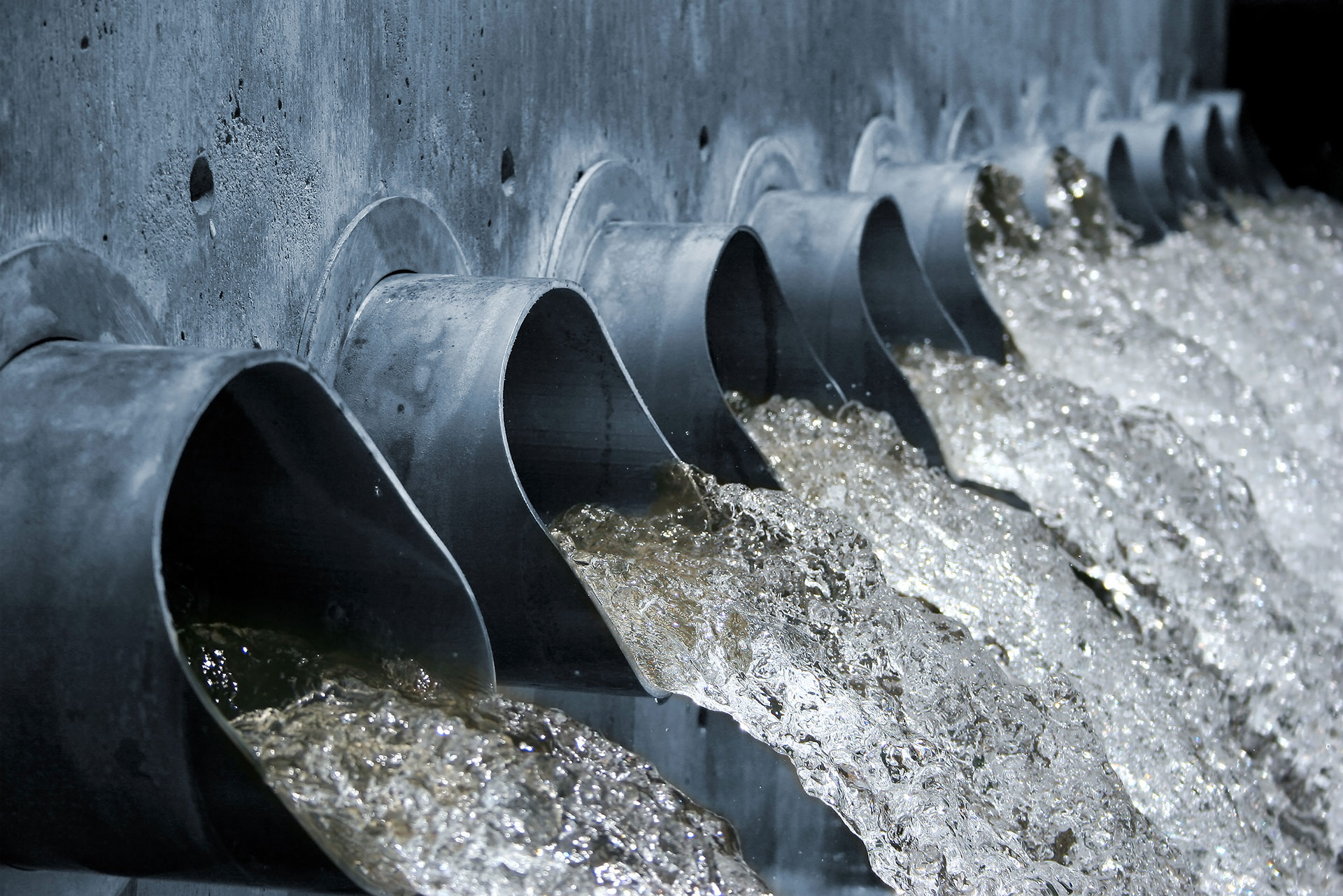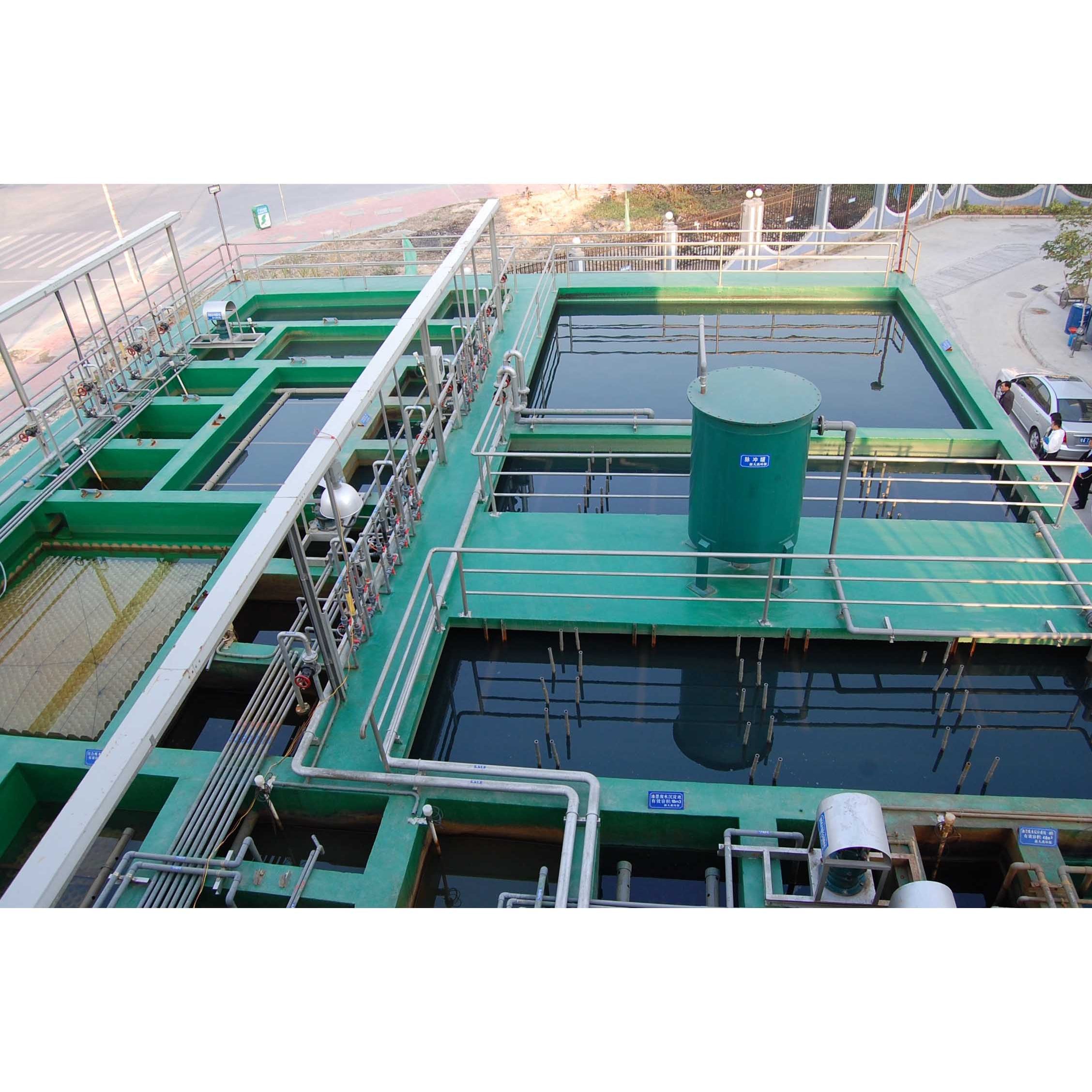Industrial Waste Water Treatment-- Sustainable Solutions for Industrial Water Administration
Innovations and Advancements in Industrial Waste Water Treatment Technologies
The landscape of commercial wastewater therapy is undertaking a transformative shift, driven by innovations that enhance both efficiency and sustainability. As regulatory requirements evolve, the combination of AI and maker discovering right into wastewater monitoring systems assures to improve operations and make sure compliance.
Review of Drainage Treatment Technologies
Wastewater treatment modern technologies incorporate a series of approaches made to remove impurities from commercial effluents prior to their release right into the atmosphere. These modern technologies are vital for preserving environmental equilibrium and making sure conformity with ecological laws. The primary groups of wastewater treatment include physical, chemical, and biological techniques, each serving distinct objectives based on the nature of the impurities existing.

Organic therapy techniques use microorganisms to break down natural issue, making them particularly efficient for organic-rich effluents. Techniques like triggered sludge and biofilm activators harness the all-natural destruction capacities of bacteria, leading to significant decreases in biochemical oxygen demand (BOD)
Advanced Filtration Strategies
Advanced purification strategies represent an essential evolution in the world of industrial wastewater therapy, improving the efficiency of contaminant removal procedures. Industrial Waste Water Treatment. These approaches incorporate a series of innovations, consisting of microfiltration, ultrafiltration, nanofiltration, and reverse osmosis, which supply sequential barriers for numerous fragment sizes and chemical frameworks
Microfiltration and ultrafiltration make use of membrane layer systems to remove suspended solids, bacteria, and larger natural molecules, boosting the top quality of effluent previous to further therapy. Nanofiltration connects the void between ultrafiltration and reverse osmosis, successfully getting rid of divalent ions and natural substances, thus decreasing the tons on downstream processes.
Reverse osmosis provides the highest degree of filtration by permitting just water and small particles to travel through its semi-permeable membrane layers, making it ideal for recovering high-quality water from commercial effluents. Recent improvements in membrane layer modern technology, including the growth of even more sturdy and fouling-resistant materials, have actually substantially improved functional effectiveness and decreased prices.
Integrating these advanced purification methods not just improves the overall therapy process yet likewise adds to sustainability efforts by making it possible for water reuse and source recovery in commercial settings. (Industrial Waste Water Treatment)
Biological Therapy Advancements

Furthermore, the growth of engineered biological systems, such as membrane layer bioreactors (MBRs), integrates biological therapy with sophisticated membrane layer filtering. This combination allows for greater effluent high quality and reduced impact, making it appropriate for space-constrained commercial facilities. Innovations in genetically crafted microorganisms have actually likewise arised, enhancing the biodegradation of details pollutants, such as drugs and heavy steels, that are typically testing to eliminate.
Additionally, the application of bioaugmentation strategies, where valuable microbes are presented to enhance the existing organic therapy processes, has actually shown appealing lead to improving therapy performance. These advancements jointly represent a pattern in the direction of more lasting and efficient biological treatment methods that can adapt to the developing intricacies of industrial wastewater streams. As have a peek at this website industries remain to focus on environmental compliance, these biological technologies will play a vital duty in wastewater management.

Source Healing Methods
In commercial setups, the integration of source healing approaches has actually become significantly crucial for enhancing sustainability and decreasing waste. These techniques concentrate on drawing out important products and energy from wastewater streams, thereby changing potential contaminants into recyclable resources.
One famous approach Look At This is vitamins and mineral recovery, where nitrogen and phosphorus, usually present over in wastewater, are captured and exchanged fertilizers. This not just reduces ecological impacts however also supplies a round economic climate remedy for agricultural applications. Furthermore, technologies such as anaerobic digestion permit the conversion of organic waste into biogas, an eco-friendly energy source that can counter fossil fuel use in commercial procedures.
Additionally, progressed filtration and membrane modern technologies facilitate the recovery of industrial byproducts such as steels and salts. These recuperated products can be rehabilitated right into production processes, minimizing the demand for virgin sources.
Future Trends in Waste Water Administration
As markets significantly focus on sustainability, the future of wastewater monitoring is readied to undergo significant improvements. Technical improvements, such as expert system and artificial intelligence, will enable much more effective tracking and administration of wastewater systems. These innovations can anticipate maintenance requirements, enhance treatment processes, and enhance decision-making, ultimately decreasing operational costs and ecological influence.
In addition, the assimilation of round economic situation concepts will certainly play a vital function in wastewater administration. Industries are expected to shift in the direction of systems that not just deal with wastewater however also recover valuable sources, such as nutrients, water, and power. This shift will decrease waste and advertise the reuse of materials, aligning with global sustainability objectives.
Arising treatment techniques, such as membrane bioreactors and advanced oxidation procedures, will certainly better boost the effectiveness of wastewater treatment, enabling greater high quality effluents suitable for reuse. In addition, regulative frameworks are most likely to progress, emphasizing more stringent requirements for wastewater discharge and encouraging markets to adopt cutting-edge treatment solutions.
Verdict
In final thought, the evolution of commercial wastewater treatment technologies demonstrates a substantial shift in the direction of improved efficiency and sustainability. Advancements in advanced purification techniques, organic treatments, and source recovery techniques highlight the sector's commitment to ecological stewardship. The integration of expert system and equipment knowing better optimizes these procedures, ensuring regulative conformity and promoting a circular economic situation. Continued improvements in these locations will play a vital role in shaping the future of wastewater monitoring and protecting important water sources.
The landscape of industrial wastewater treatment is undergoing a transformative shift, driven by advancements that boost both performance and sustainability.Wastewater therapy modern technologies encompass a range of methods developed to eliminate pollutants from industrial effluents before their release into the atmosphere.Utilizing the power of biological processes has led to significant developments in the treatment of industrial wastewater.Additionally, the implementation of bioaugmentation approaches, where valuable germs are presented to boost the existing organic treatment processes, has revealed encouraging outcomes in enhancing treatment performance. These innovations jointly symbolize a pattern towards more lasting and reliable biological therapy methods that can adapt to the evolving intricacies of commercial wastewater streams.